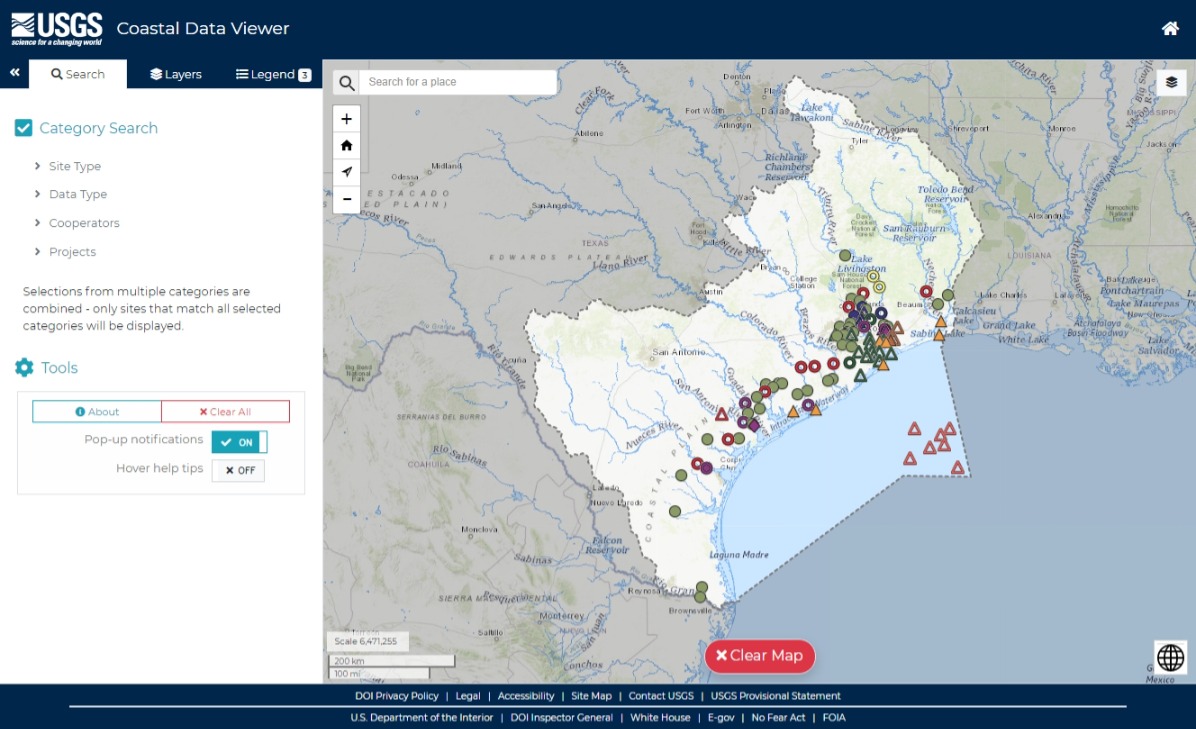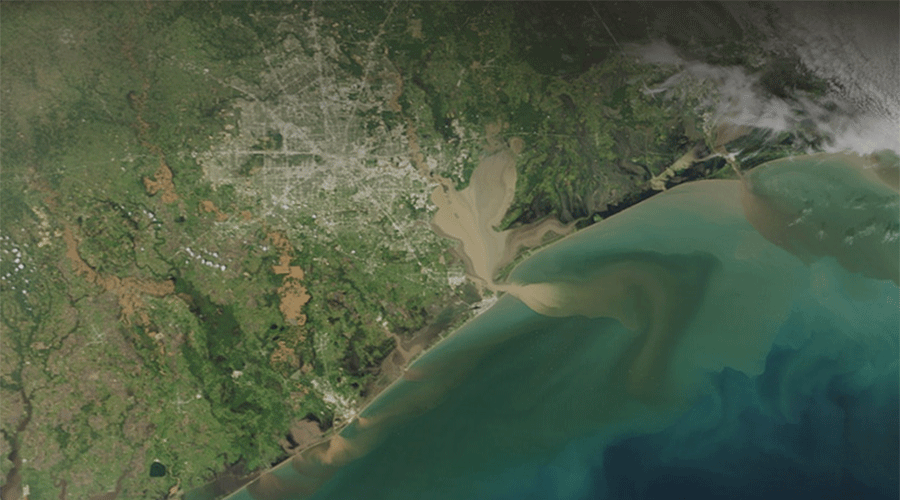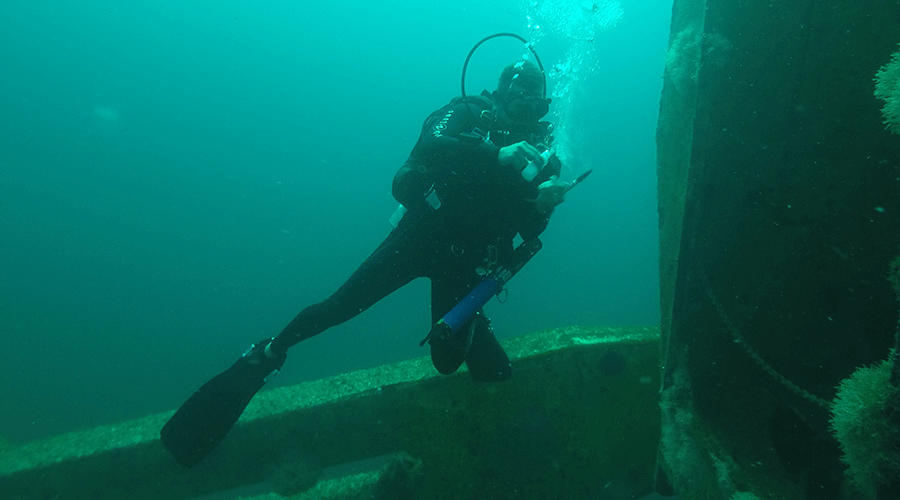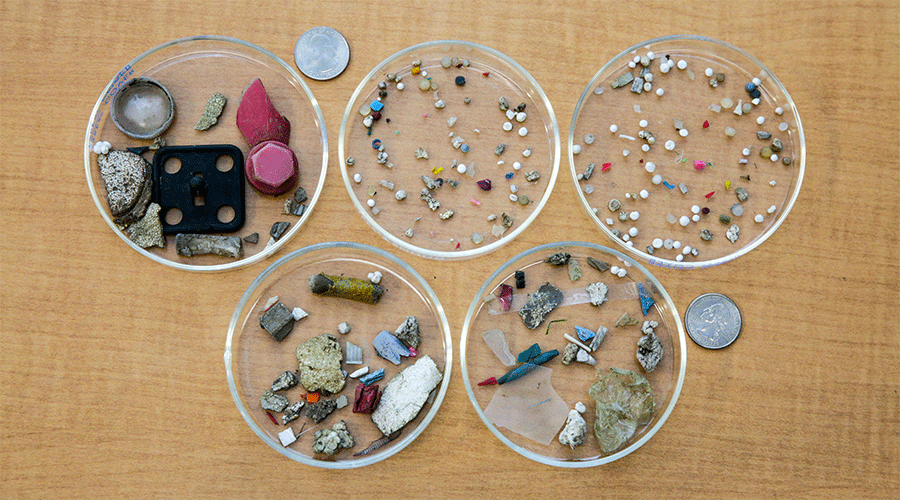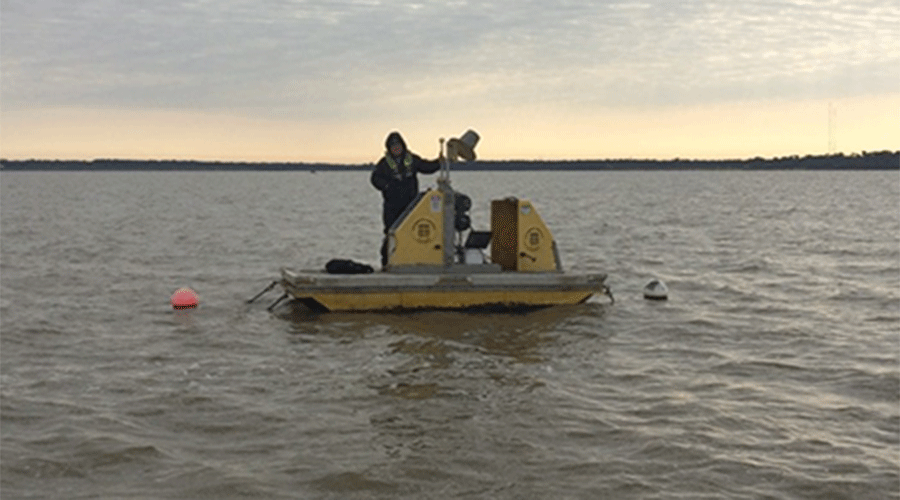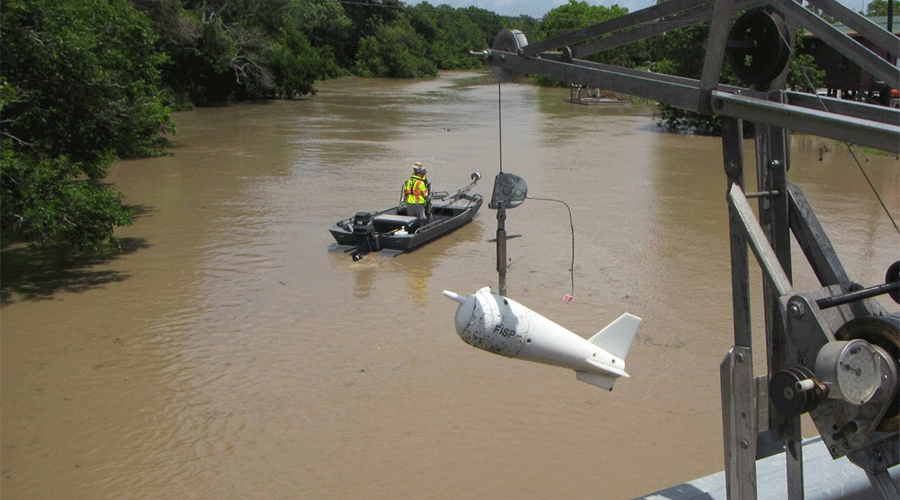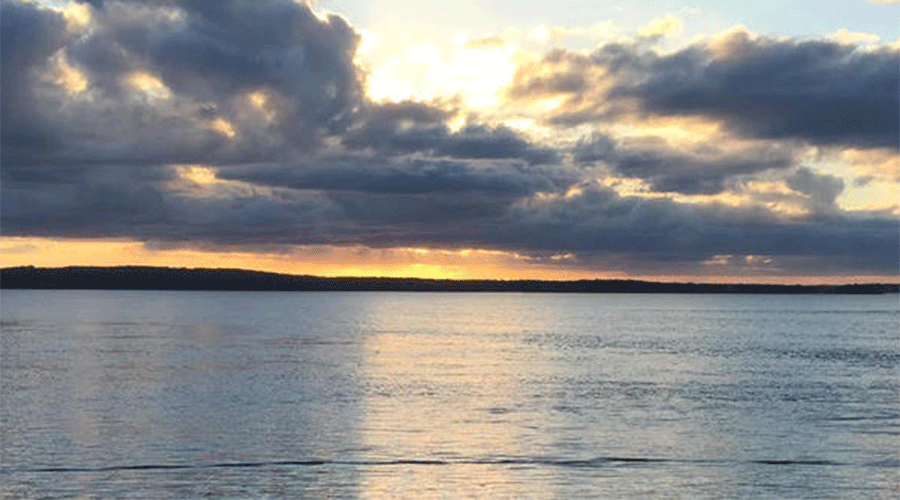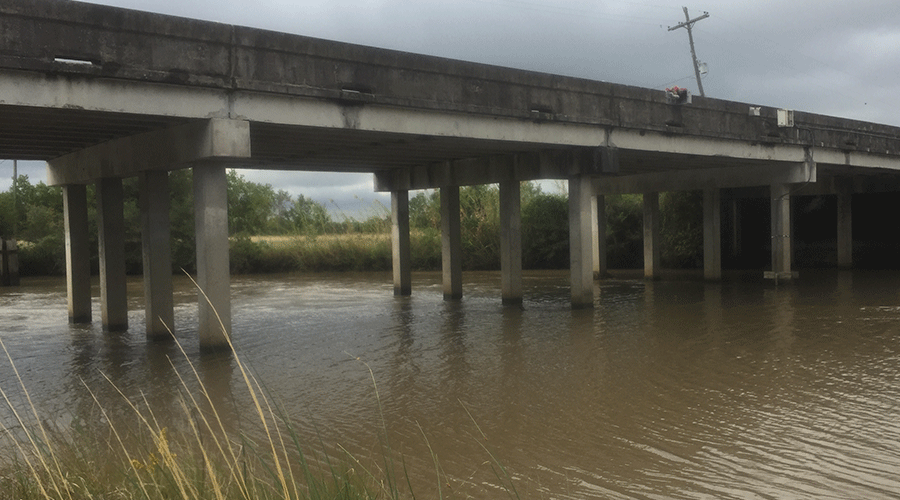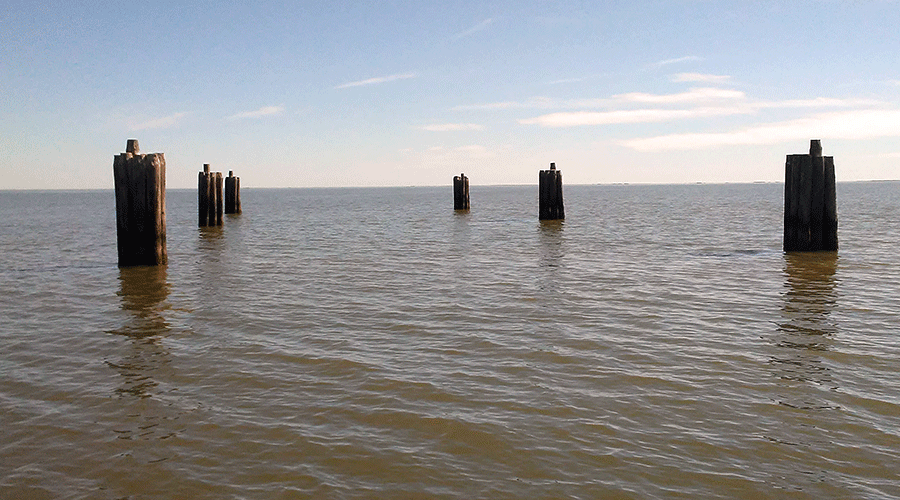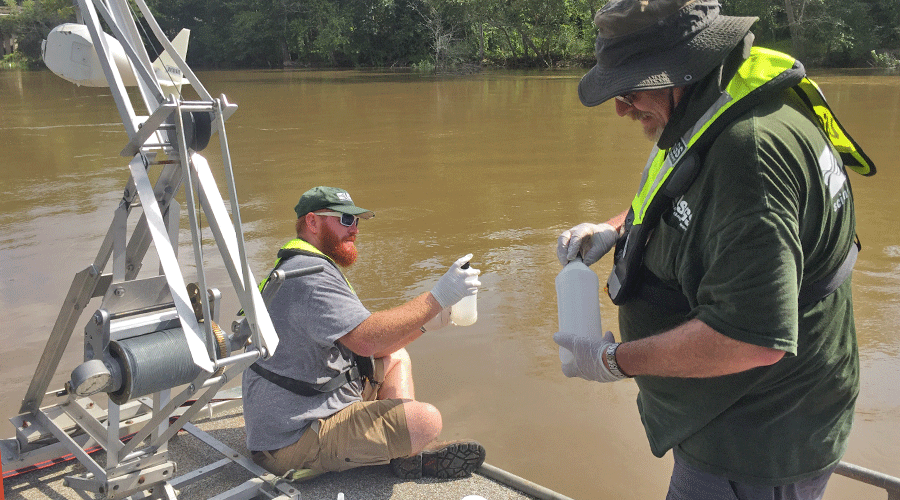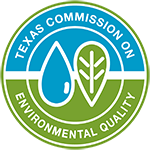Coastal Monitoring
The Texas Gulf Coast is a biologically rich and ecologically diverse region in the state with a fast-growing population. It contains many habitats such as wetlands, bays and estuaries, and artificial reefs. The USGS Oklahoma-Texas Water Science Center (OTWSC) conducts studies on various groundwater, surface water, and water-quality topics to improve our understanding of the natural and anthropogenic processes influencing ecosystems in the Texas Gulf Coast. Studies include the quantification of nutrient and sediment delivery to bays and estuaries, assessments of microplastics in coastal waters, and evaluations on the effects of groundwater withdrawal on land subsidence.
Explore the MapTexas Gulf Coast Groundwater and Land Subsidence
In cooperation with Harris-Galveston Subsidence District, the City of Houston, Fort Bend County Subsidence District, Lone Star Groundwater Conservation District, and Brazoria County Groundwater Conservation District, the U.S. Geological Survey Texas Water Science Center Gulf Coast Program collects, processes, and interprets groundwater-level and aquifer-sediment-compaction data to understand the effects of groundwater withdrawal on land subsidence in the Houston-Galveston region, Texas.
More about Houston Subsidence